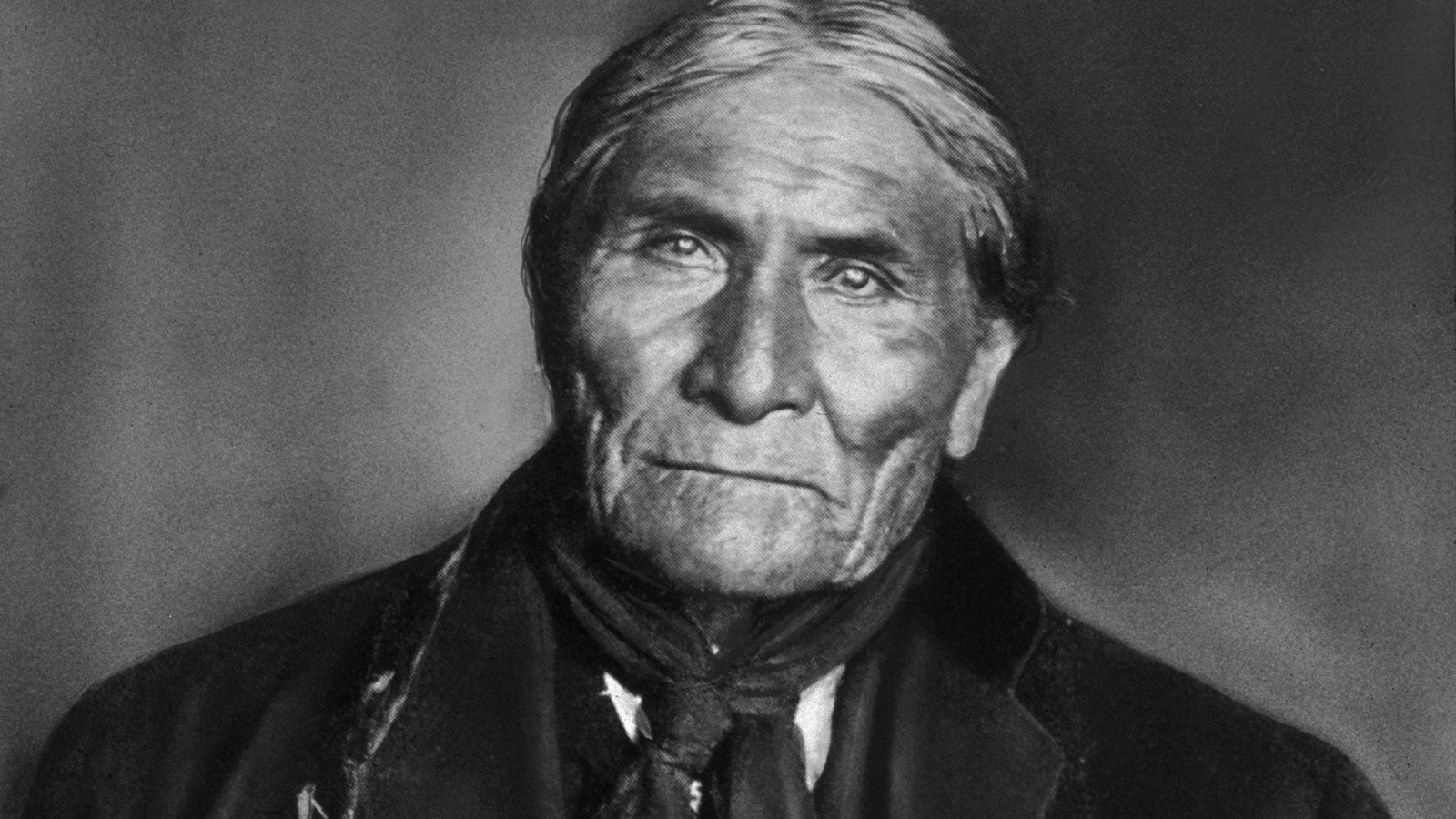
Who was Geronimo? Geronimo, a name that echoes through history, was a prominent leader of the Apache tribe. Born in 1829, he became a symbol of Native American resistance against U.S. and Mexican military forces. Why is he significant? Geronimo's fierce determination and tactical prowess made him a legend. He led numerous raids and evaded capture for years, embodying the spirit of his people. What can we learn from his life? His story is one of resilience, courage, and the struggle for freedom. Dive into these 35 facts to uncover more about this iconic figure and his enduring legacy.
Key Takeaways:
- Geronimo, a brave Apache leader, fought fiercely to protect his people from Mexican and American forces. His legacy as a symbol of Native American resistance lives on in popular culture and historical narratives.
- Known for his exceptional endurance and tactical skills, Geronimo's life story continues to inspire countless works of art and literature. He was a skilled orator and a compassionate leader to his people.
Early Life of Geronimo
Geronimo, a prominent leader of the Apache tribe, has a fascinating history that begins with his early life. Here are some intriguing facts about his formative years.
- Geronimo was born in June 1829 in what is now Arizona, then part of Mexico.
- His birth name was Goyahkla, which means "One Who Yawns."
- He belonged to the Bedonkohe band of the Apache tribe.
- Geronimo's father was Taklishim, and his mother was Juana.
- He grew up learning traditional Apache skills like hunting and tracking.
Rise to Leadership
Geronimo's journey to becoming a leader was marked by significant events and personal losses. These experiences shaped his leadership style and his resolve to protect his people.
- In 1851, Mexican soldiers attacked his camp, killing his mother, wife, and three children.
- This tragic event fueled his desire for revenge against Mexican forces.
- Geronimo became a prominent war leader, known for his bravery and tactical skills.
- He led numerous raids against Mexican and later American settlers.
- His leadership was characterized by his ability to inspire and unite his people.
Conflicts and Battles
Geronimo's life was filled with numerous conflicts and battles as he fought to defend his homeland and way of life. His tactics and strategies were legendary.
- He fought in the Apache Wars, a series of conflicts between the Apache tribes and the U.S. government.
- Geronimo was known for his guerrilla warfare tactics, using the terrain to his advantage.
- He led a group of warriors in a series of escapes from U.S. military forces.
- His ability to evade capture made him a symbol of resistance.
- Geronimo's raids extended into Mexico, where he continued to fight against Mexican forces.
Capture and Imprisonment
Despite his efforts, Geronimo was eventually captured and faced imprisonment. His capture marked the end of an era for the Apache resistance.
- In 1886, Geronimo surrendered to General Nelson Miles in Arizona.
- He was promised that he and his followers would be allowed to return to their homeland, but this promise was not kept.
- Geronimo and his followers were sent to Fort Marion in Florida as prisoners of war.
- They were later moved to Fort Sill in Oklahoma, where Geronimo spent the remainder of his life.
- Despite being a prisoner, Geronimo adapted to his new life, even participating in public events.
Later Years and Legacy
Geronimo's later years were marked by a mix of adaptation and reflection. His legacy continues to be remembered and honored.
- He converted to Christianity and was baptized in 1903.
- Geronimo participated in the 1904 World's Fair in St. Louis, where he sold autographs and photographs.
- He dictated his autobiography, "Geronimo's Story of His Life," published in 1906.
- Geronimo rode in President Theodore Roosevelt's inaugural parade in 1905.
- He passed away on February 17, 1909, at Fort Sill, Oklahoma.
Cultural Impact
Geronimo's influence extends beyond his lifetime, impacting popular culture and historical narratives. His name and legacy continue to resonate.
- The U.S. military used "Geronimo" as a code name during World War II.
- His name is often shouted by paratroopers when jumping from planes.
- Geronimo has been portrayed in numerous films, books, and TV shows.
- His life story has inspired countless works of art and literature.
- Geronimo is remembered as a symbol of Native American resistance and resilience.
Interesting Tidbits
Beyond the well-known facts, there are several lesser-known tidbits about Geronimo that add depth to his story.
- He was known for his exceptional physical endurance and strength.
- Geronimo had a deep knowledge of herbal medicine and traditional healing practices.
- He was a skilled orator, able to rally his people with powerful speeches.
- Geronimo's favorite weapon was a knife, which he carried with him at all times.
- Despite his fierce reputation, he was known to be kind and compassionate to his people.
Geronimo's Legacy Lives On
Geronimo's story is more than just a tale of resistance. His life symbolizes the struggle for freedom and the resilience of the human spirit. From his daring escapes to his leadership in battle, Geronimo's actions left a lasting impact on history. His name continues to inspire those who fight for justice and equality.
Understanding Geronimo's life helps us appreciate the complexities of Native American history. His legacy reminds us of the importance of preserving cultural heritage and respecting the rights of all people. Geronimo's bravery and determination serve as a powerful example for future generations.
By learning about figures like Geronimo, we gain a deeper understanding of the past and its influence on the present. His story encourages us to reflect on our values and the importance of standing up for what we believe in.
Frequently Asked Questions
Was this page helpful?
Our commitment to delivering trustworthy and engaging content is at the heart of what we do. Each fact on our site is contributed by real users like you, bringing a wealth of diverse insights and information. To ensure the highest standards of accuracy and reliability, our dedicated editors meticulously review each submission. This process guarantees that the facts we share are not only fascinating but also credible. Trust in our commitment to quality and authenticity as you explore and learn with us.


